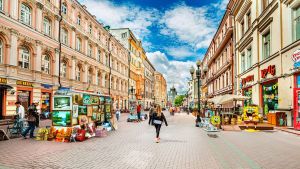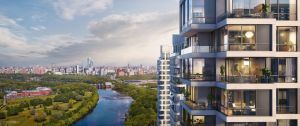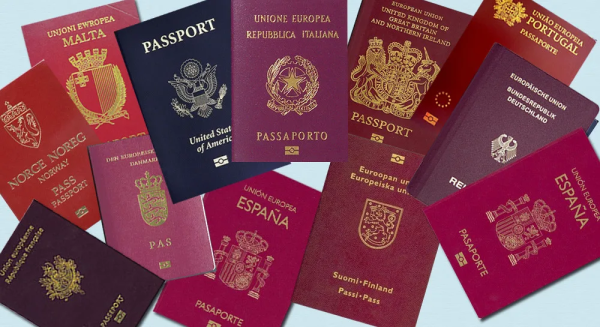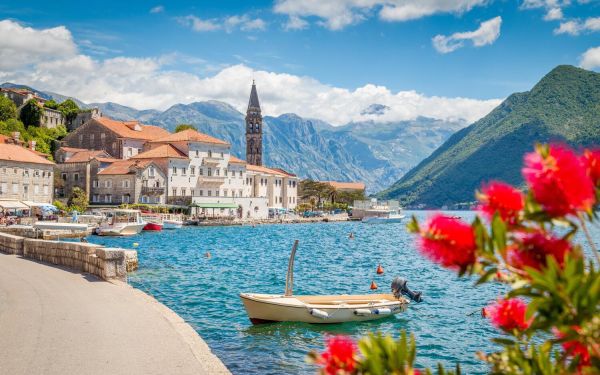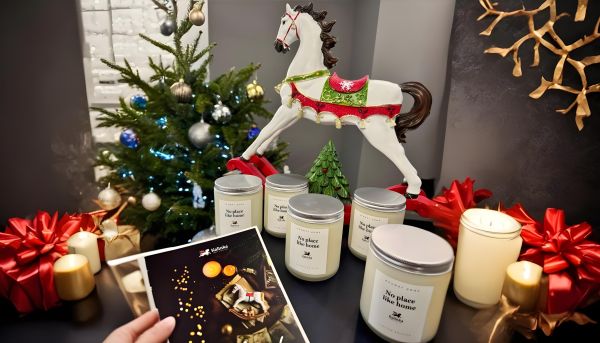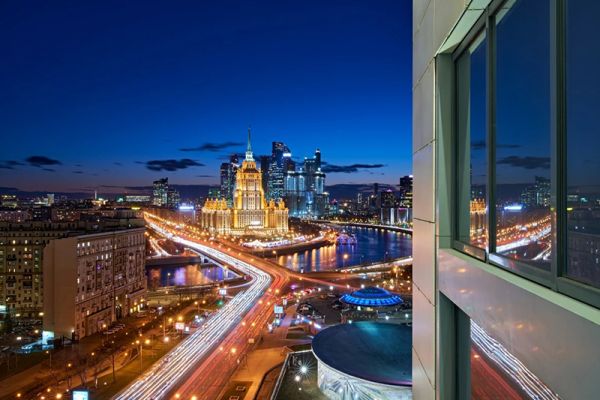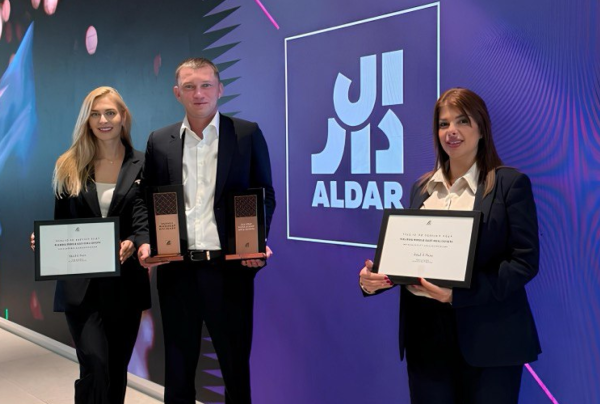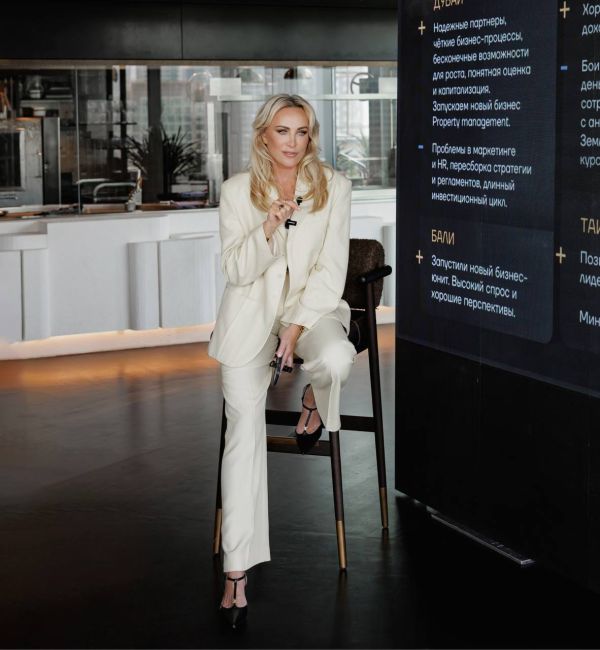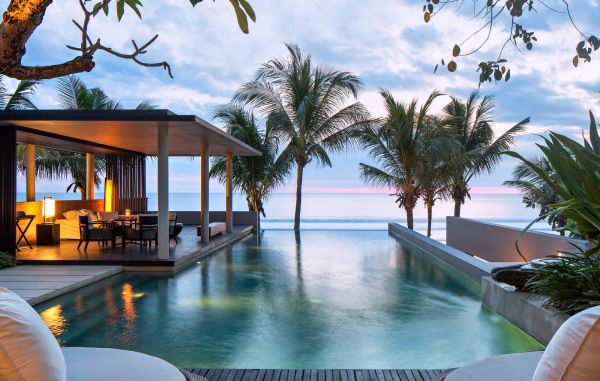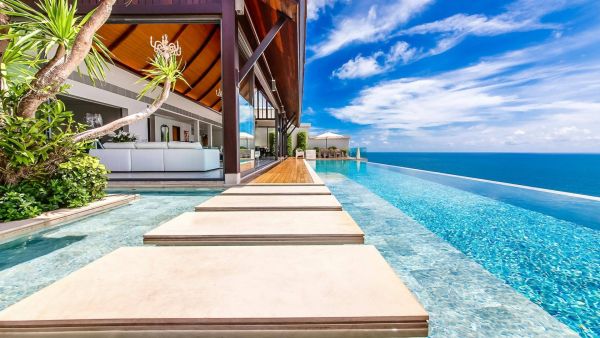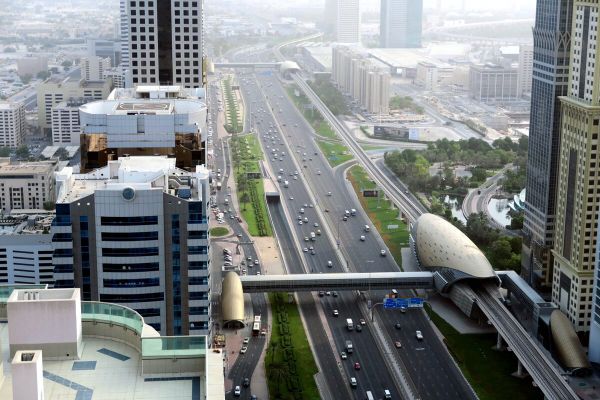Designer Marcel Wanders on creative theft, historical roots, and standard finishing
The company "Barkli" continues to focus on world-renowned design stars. The developer's portfolio includes the residential complex Barkli Park, whose creative concept was executed by the iconic French designer Philippe Starck. The interiors of the apartments in the Barkli Virgin House project were designed by Kelly Hoppen, a British decorator with a global reputation. For their new project, Barkli Gallery, the corporation has enlisted one of the most fashionable industrial designers of our time, Marcel Wanders, from the Netherlands (pictured above), who has shattered many design conventions. The Chairman of the Board of Directors of the consulting company Kalinka Group, Ekaterina Rumyantseva, played an active role in the developer's negotiations with the Dutch master, and the portal "Elite.RU" asked her to speak with Mr. Wanders about design, Russia, and his plans for the future.
About Russia
"This is not my first project in Russia. You have a fantastically rich culture. There is an incredible inspiring melancholy here. Amazing artists, writers, Russian ballet have been captivating the world for decades. Of course, history played a not very favorable role in art, since this wealth was hidden from the world's eyes for a long time. However, today we witness the return of Russian culture to its former glory, as if dusting off and releasing a new flow of energy into the world. And I am confident, moreover, I am ready to be amazed by new masterpieces of Russian artists in the future."
About the Barkli Gallery project
"The design of this residential complex (pictured below) should reflect both its location in Russia and the classical architectural concept of the building itself. When working on the public spaces in such a project, it is important to create a cohesive perception - to tie together the facade, interiors, lobbies, and even the street into a single representation. After all, when you buy real estate in an apartment building, you acquire not only the space itself but also the view of the surrounding environment, a certain guarantee of living safety, maintenance of engineering systems, and so on - everything that can be called the quality of the building. But, agree, this is not yet the quality of life."
What do I mean? You are not only in your apartment, but also use the available infrastructure - a gym, the entrance area, parking, the area around the building. When making a decision to purchase, you also pay attention to the interior of public areas, choosing the circle of people who will accept it and want to live in this format. As a result, you find like-minded people next to you, who are actually much closer than just random neighbors. They, like you, appreciate this aesthetic of space, and this alone brings you closer together."
About roots and innovations
"People constantly hear that only new things are good, and this, in my opinion, is a big problem. It is a clear disrespect for what has been created before. Gradually, we also begin to treat people in the same way - respect for previous generations is fading. And unfortunately, designers are also responsible for this process. At the beginning of my career, I defined an important aspect for myself: it is necessary to maintain a balance between the old - what is in our blood - and the new."
"Design is ageless creativity, it can appeal not only to typical urban fashionistas but also to their grandmothers. There is no need to strive for absolute novelty: in modern design, all innovations in the field of form are too difficult to perceive. We need historical roots, a foundation, equally as much as novelty. Moreover, the newer an item is, the faster it becomes obsolete. In addition, design is ageless creativity, it can appeal not only to typical urban fashionistas but also to their grandmothers. We need to speak to all people in their own language. Any object should carry some meaning, be universal and understandable. And for that to happen, we need to bring back the beauty that was characteristic of both the distant and recent past."
About borrowing and development
"The Dutch initially imported porcelain from China. And after some time, they began to make similar faience and created their own style. Culture is not absolutely individual property. It's great if you can add something of your own. I am sure that Gzhel is different from Delft faience, although at first glance this may not be apparent. Different styles are interconnected and develop precisely in order to become something new. It's an exhilarating and continuous process! Copying, on the other hand, is something else, it's like stealing. However, what belongs to the whole world, you can probably use, taking into account the context and environment."
Let's say, if I create a chair and you are interested in furniture design, then you don't have to buy the actual item - you can buy a magazine that will explain in detail how to make it. And then you can add something of your own to this chair. And it will already be a new interior item. For example, my projects are always public, and their audience is huge (in addition to private owners, Marcel Wanders' works are stored in museums in New York, San Francisco, London, Copenhagen, and others - ed.). This is the public aspect of design, which makes our work very important and interesting to many. And it's logical that someone will borrow and transform the design I created, achieving new forms and shapes.
About standard finishing
- In such apartments, architects and designers typically organize the space completely: they choose the type of flooring, walls, and even door handles. At the same time, a unified approach is created. The client can choose three or four colors, different materials. Yes, individuality may be lost, but in the end, you will gain in quality. After all, a professional will offer a really good choice. Consumers are different, and they often have no interest in understanding wallpaper, lighting fixtures, curtains, and building materials. Otherwise, they would have become designers themselves, wouldn't they?
I'm interested in working with those who understand that home is a place for self-expression
Of course, if a dentist or engineer, civil servant or banker has taste, time, and interest, then perhaps they should do design themselves. My advice is - everyone should do their own thing! At the same time, I am interested in working with those who understand that home is a place for self-expression. And I am ready to help them make it better than they originally thought. If I had to choose, I would undoubtedly choose a ready-made design. I have already arranged one large apartment in Amsterdam for myself and vowed never to repeat such a "feat". I would be immensely happy if all this huge work was done by someone I can trust, and I could devote my free time to something more enjoyable.
About changes in interior
- Some people are completely satisfied with their homes and are ready to live in them for ten years without changing anything, while others like changes. When they see wallpaper options in a magazine, they immediately want to transfer them to their walls. Or, feeling bored, someone simply repaints the bedroom. And both options are great! After all, a home expresses our individuality, and we are all different.
How do you know when it's time to change something? There is one simple recipe: walk through the rooms, see what you really like and what is worth keeping.
And on the contrary, identify things that no longer bring joy, but can find a new purpose. In fact, many of us are "collectors" and there may be objects around us that will never become outdated or lose their value. And this should be treated with special responsibility. Just open your eyes and look around with love - some ideas will definitely come to you. But if you don't find anything interesting, then you can leave everything as it is. Nothing terrible will happen in any case.
About future plans
- I enjoy doing what I haven't done before. And I am happy to go where I haven't been yet. There is no point in coming up with 500 chair designs every year, even if they are very original and interesting from an aesthetic and functional point of view. I'd rather make two pieces of furniture, some accessories, work on the interior of a restaurant, design apartments, and go on the search for new adventures. For example, a year and a half ago, my 40-kilogram book about the State Art Museum in Amsterdam was released. No one expected anything like that from me! I can imagine myself as a set designer for Russian ballet, opera, or film. I love variety. Apparently, this is characteristic of every creative person.
Read also
Stay up to date with the latest news
We promise to send only interesting and important articles.
